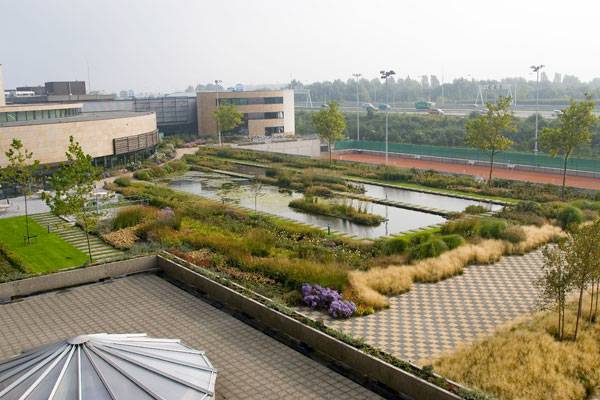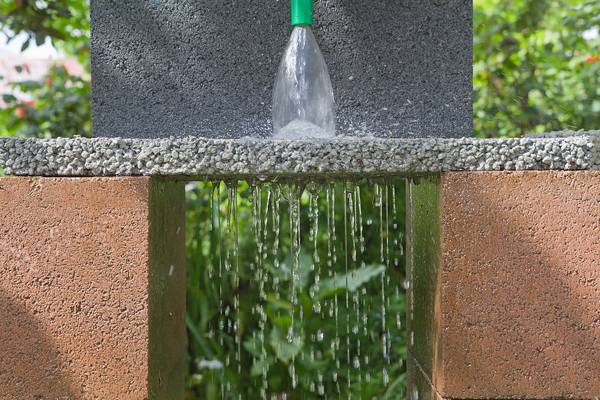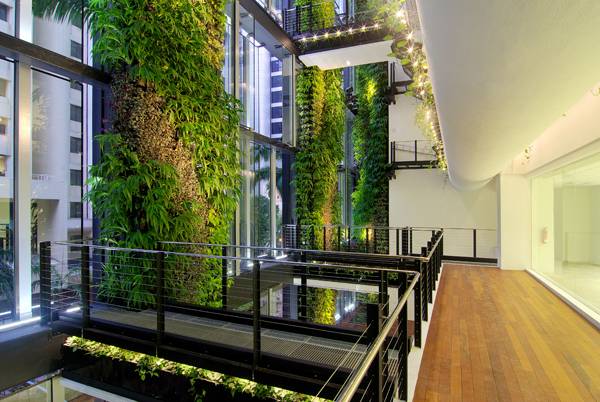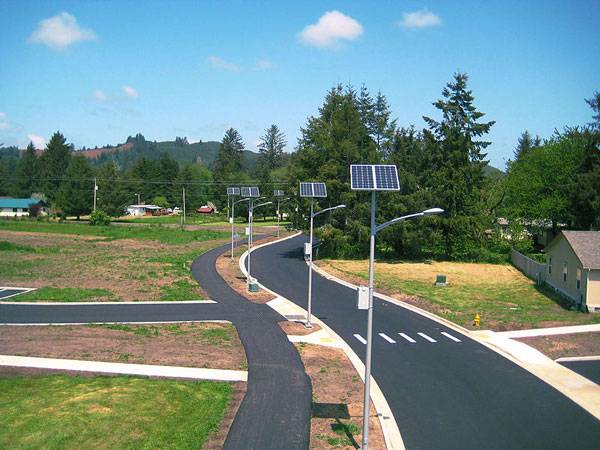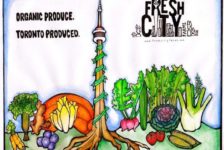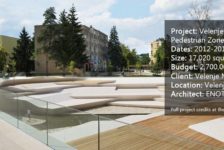Sustainability is the buzzword that’s making the world a better place! You have probably realized that the way we manage our resources is gaining more space in the media and transforming our means of production and development. On the other hand, you may also have bought some products being advertised as sustainable and, later, discovered that certain stages of their production were contrary to this principle.
You may wonder if sustainability is just another marketing ploy or whether it is being seriously practiced. Since landscape architecture harmonizes the relationship between nature and built space, you should also be looking for a response within this field to see if it is worth using sustainable methods to produce your space to live and work. So, to better understand how individuals, designers, environmentalists, and communities are using this concept, you should read the following 10 practices that are among the most important examples of sustainability. 10. Preservation of wildlife habitats When starting to plant your garden or a larger green space, the first thing you need is to clean the site, removing all the existing plants, right? If you said, “no, that’s wrong”, you already know the first basic rule of sustainable design. Indeed, you should keep the native plants and only remove the invasive species to avoid disruptions in the natural processes in your yard.
Large scale conservation project. Landscape of Samburu, Kenya; image credit: Piotr Gatlik / shutterstock.com
- Weeds, Walls and Sustainability with Steve Martino
- Sustainable Building: 1315 Peachtree Street by Perkins + Will
- 5 Landscape Architecture Buzz Terms, Explained!
8. Efficient use of water Although including plants in your spaces shows that you are in tune with environmental concerns, if you adopt wasteful irrigation, you will probably have your green space classified as anti-ecological. Treating water as a resource and not as waste is an essential landscape design rule. And you can follow it by selecting the right plants for the local climate and the type of soil, in addition to storing rainwater. And, if the law where you live allows for the reuse of “greywater”, you can also build a system to capture water from bathing, laundry, and dishwashers, treat it properly, and use it to irrigate your plants.

A simple diagram to show the various parts and functions of a Rooftop rainwater harvesting system. The process shown in the figure makes the collected rainwater suitable for drinking or common household use. Credit: CC 3.0, by Adityamail
7. Increasing the permeable area If you have a garden with plant beds and lawns, why not design the paths and gathering areas in a way that they can absorb the rainwater as well? Permeable pavers can make your outdoor area be as good at absorbing water as natural soil. By using permeable pavement, you will prevent stormwater from being wasted through runoff – just like professionals are starting to do in larger public spaces with materials suitable to lightweight traffic, such as parking lots, bike lanes, and driveways. There is also a trend to apply permeable asphalt and concrete in heavy traffic areas.
6. Vertical gardens contributing to a healthier city Walls are also surfaces that are increasingly becoming water absorbent through the use of vertical gardens. You might have seen versions of these living walls, some of them transformed into art panels, which promotes their use. But, nowadays, green walls are going beyond this, and are becoming a requisite for buildings and businesses to upgrade their green certifications because vertical gardens purify the air and improve the energy efficiency of the buildings. So, you if are thinking about incorporating green walls into your construction, you should know that, although the most practical types are the ones built with the insertion of pre-grown plants into panels or trays, you can make cheaper ones by growing on-site climbing species. The crucial point in maintaining your living walls will be to design the watering system and, although there are several solutions for that, the most common are those based on the recirculation concept, which uses water more efficiently. 5. Selection of plants according to the place We can’t deny that some exotic plant species fascinate us with their beauty, and that we would like to have them in our gardens. But, as you have already learned from the first practice, the sustainable method calls for planting native species. This can unite private spaces with some public parks that are restoring the local wildlife. The good news is that you can get seedlings without cost from the many non-profit organizations that distribute them as an incentive to sustainable planting. So, this step will make your garden affordable and align you with community efforts to bring natural life back to urban spaces. 4. Reduction of the use of electrical energy Of course you would like to use your outdoor space for resting or social gatherings at night as well as during the daytime. And all the efforts to reduce your footprint will have been useless if, at the moment of designing the lighting system, you waste energy. The right choice is to make the place even greener by combining devices such as motion sensors, dimmers, and LED (light-emitting diode) or other energy-saving light bulbs, such as solar powered. Although they may be still pricey, you will see a reduction in your energy bill, so your investment will have a payback. 3. Use of recycled and recyclable materials When it comes to coating, finishing, and furnishing your outdoor space, you need to contribute to waste reduction if you want to be sustainable. Since designers are increasingly adopting this principle, there is a large market focused on it; you can find materials from demolition sites that can compose very charming rooms. Other excellent choices are recycled components — those made from raw materials harvested and processed according to environmental laws, such as certified wood and materials made from local sources to avoid the high costs of transportation. And, to be coherent with green approaches, you should check whether the materials you initially used can be reused or recycled and assure that their recycling process won’t generate even more damage to the environment. 2. Increase of green transportation Will constructing green areas, according to what we are talking about so far, be enough to guarantee the sustainability of our spaces? You must agree that, if the ways of transportation we use to access the parks, gardens, or green buildings are polluting and expensive, they will soon end our natural resources. So, regardless of your location, why not opt to ride a bike, walk, or use public transportation instead of relying on cars all the time? If your city is not yet bike-friendly, it’s a great opportunity for you and your community to work to make that happen. The use of bikes as the main form of transportation can reduce gas emissions and provide the benefits of exercising outdoors, as countries such as the Netherlands and Belgium have been proving for years. 1. Urban agriculture At this point, you must have already noticed that the best way to produce outdoor spaces without negatively impacting nature is to keep them integrating to its cycles. And it wouldn’t be different in relation to our nutrition: You can help to reduce the use of energy to transport vegetables to the city if you grow your own produce in your garden. You can also join one of the organizations that develop urban agriculture through public gardens, providing a social and hands-on way to learn eco-friendly methods of producing healthy food. WATCH: Urban agriculture, closer to home Although each of these practices can help you to produce more pleasant spaces and manage our resources responsibly, your green contribution won’t be effective if you work on just one aspect while ignoring the others. Each is worth being adopted only if you are engaged in the whole process. And the commitment that professionals and communities are having with this subject proves that sustainability is not just a green wave that is ending soon, but a stream whose direction we all should follow. Recommended Reading:- Sustainable Design: A Critical Guide (Architecture Briefs) by David Bergman
- Sustainable Design: Ecology, Architecture, and Planning by Daniel E. Williams
- Sustainable Construction: Green Building Design and Delivery by Charles J. Kibert
Article written by Tania Gianone Return to Homepage
Published in Blog




